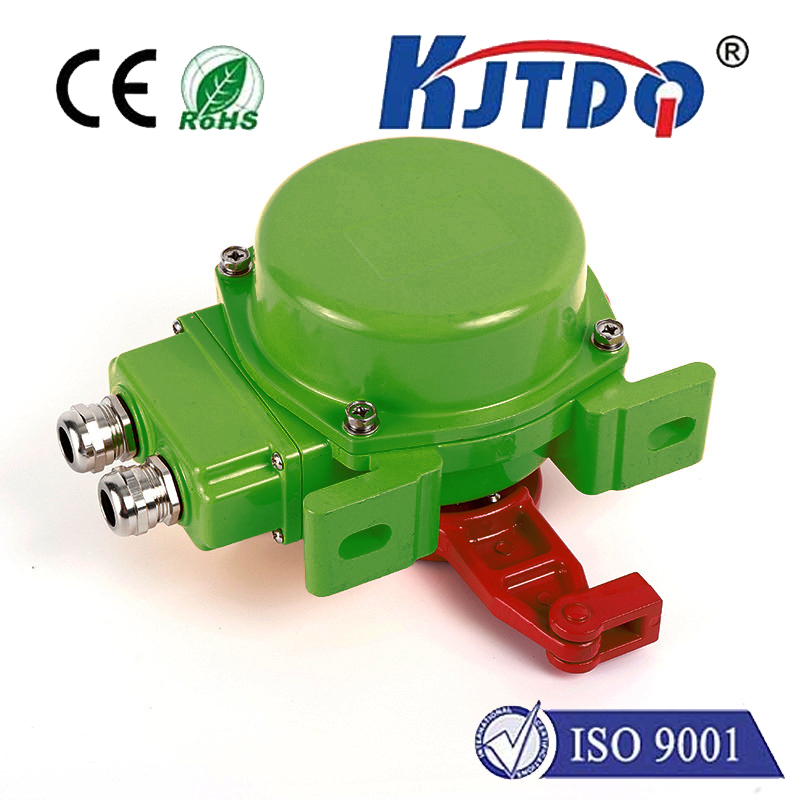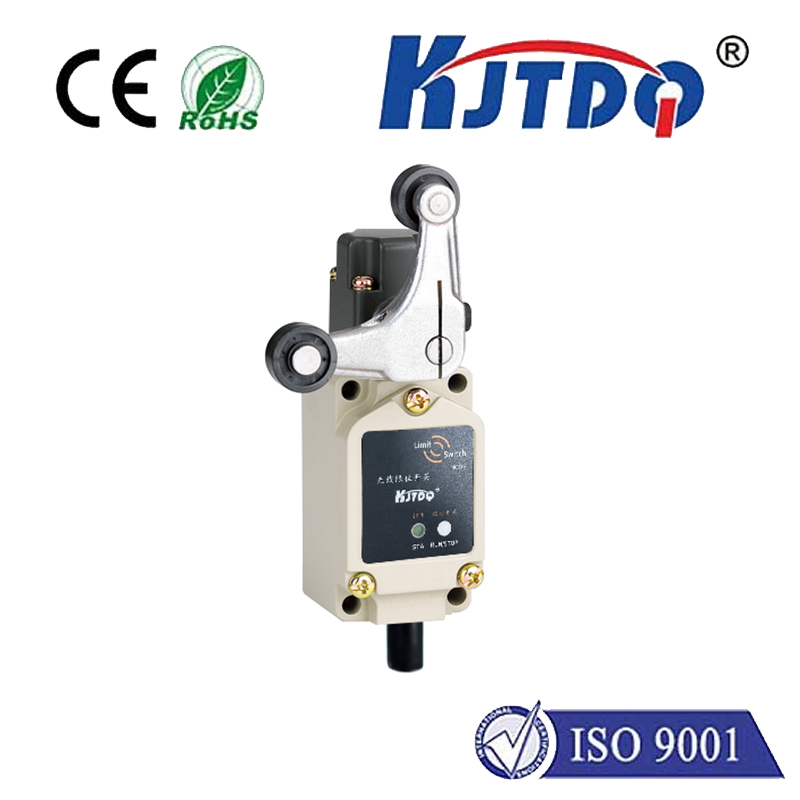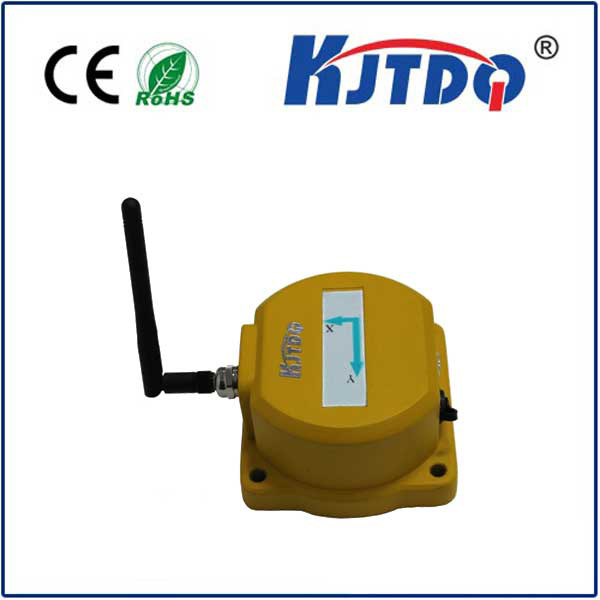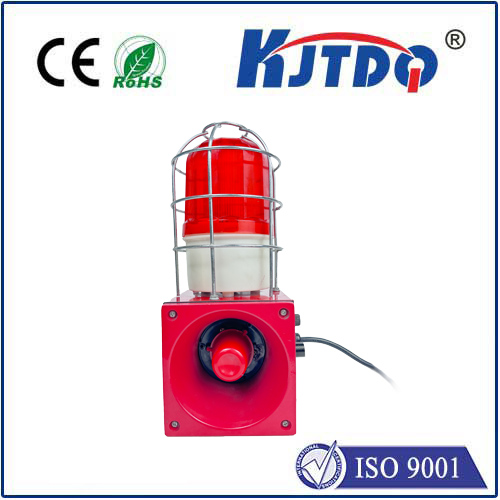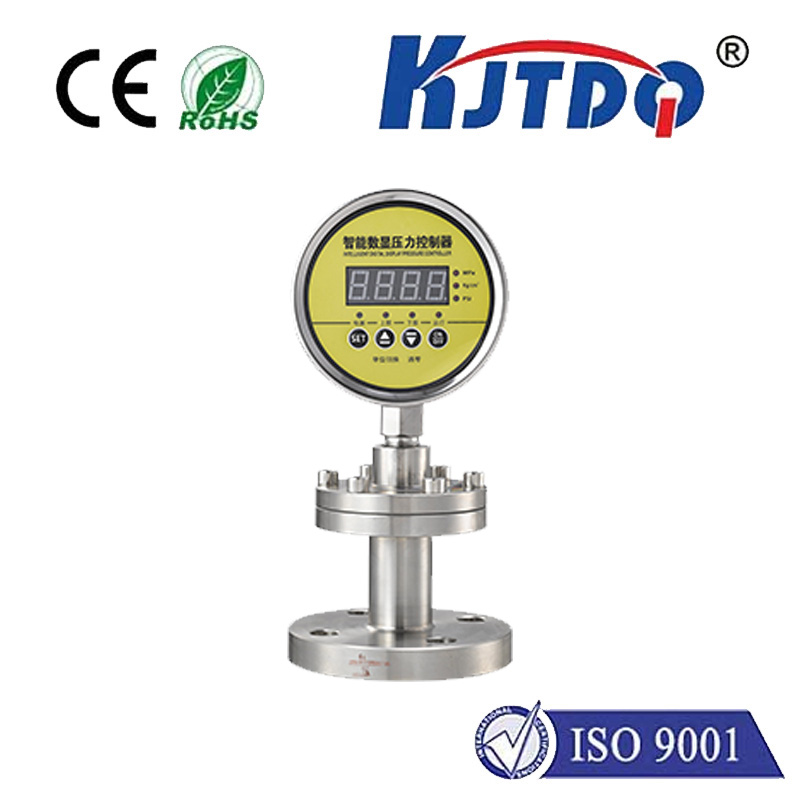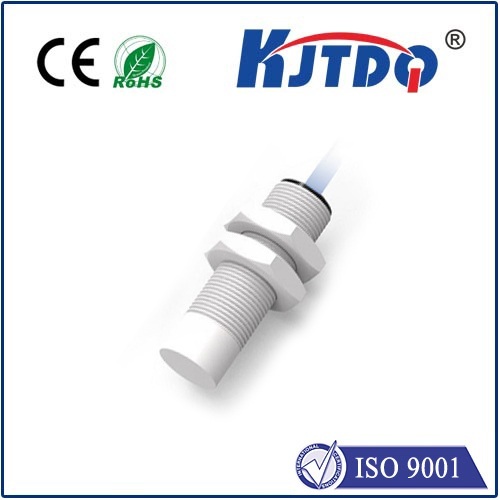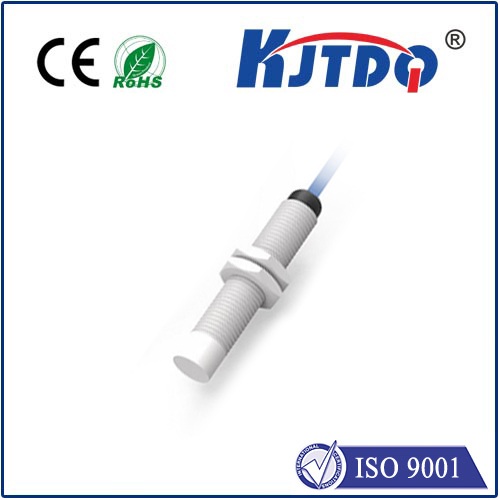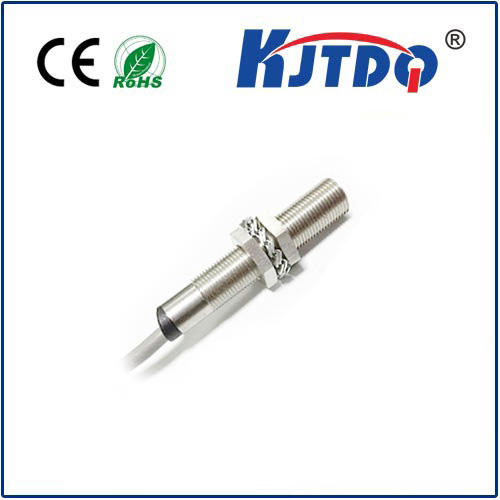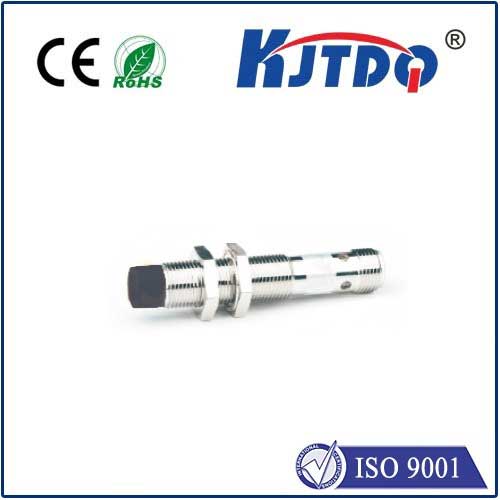
check

check

check

check
Title: Understanding the Role of Limit Switch Pins in Automation Systems
Introduction
In automation systems, limit switches play a crucial role in controlling the motion of motors and other actuators. These devices are designed to detect a specific position or state and trigger an action when that state is reached or crossed. One of the essential components of a limit switch is the pin, which connects it to the control system and allows for precise monitoring and control of the device's movement. In this article, we will explore the significance of limit switch pins in automation systems and their role in ensuring safe and efficient operation.
Section 1: The Definition and Function of Limit Switches
Limit switches are mechanical devices that use a variety of techniques to detect the position or state of a moving part. They typically consist of a spring that is compressed or released as the part moves through its range of motion. When the spring reaches a certain point, it contacts an opening or contacts on the switch, triggering an action. This action can be as simple as stopping the motor or as complex as sending a signal to a control system.
Section 2: The Importance of Pin Connection in Limit Switches
The pin connection is a critical aspect of limit switch design because it determines how the switch interacts with the control system. When the pin is properly connected, it provides accurate information about the position and state of the switch, allowing the control system to make informed decisions about how to respond to changing conditions. Without proper pin connection, the switch may not function correctly, leading to unreliable operation or even damage to the motor or other component.
Section 3: Choosing the Right Type of Pin for Limit Switches
There are several types of pins available for use with limit switches, each with its own unique features and advantages. Some common options include:
1. Momentary pins: These pins connect directly to the motor or other actuator and provide immediate feedback when the limit switch is triggered. They are often used in applications where quick response time is required, such as robotics or industrial automation.
2. Toggle pins: These pins are similar to momentary pins but can be turned on and off using an external power source. They are commonly used in applications where multiple states need to be tracked, such as variable speed drives or position controllers.
3. Open/close switches: These pins are designed to remain closed until a certain force is applied, such as a button press or weight being placed on them. Once opened, they remain open until another force is applied to close them again. They are often used in safety mechanisms, such as door switches or emergency stop buttons.
Section 4: Managing Pin Connections for Maximum Efficiency
Proper management of pin connections is essential for ensuring reliable operation and maximum efficiency in automation systems. Here are some tips for managing pin connections effectively:
1. Regularly check pin connections for signs of wear or damage, such as frayed wires or broken pins. If any issues are detected, promptly repair or replace affected components.
2. Use quality-tested components whenever possible to minimize the risk of problems arising from faulty pin connections.
3. Follow recommended maintenance schedules for limit switches and other components in your automation system to keep them running smoothly and efficiently.
